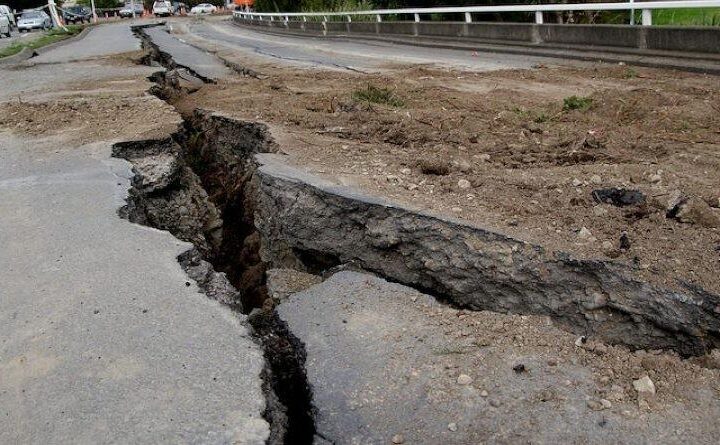A Cold War relic from the Soviet space program is about to make an unexpected homecoming. Kosmos 482, a spacecraft originally designed to land on Venus, is projected to plunge back to Earth between May 8-12, 2025, after more than five decades circling our planet.
The spacecraft, launched on March 31, 1972, was meant to be part of the Soviet Union‘s ambitious Venera program to explore Venus. However, a critical malfunction in its rocket engine left the probe stranded in Earth orbit instead of heading toward its intended destination.
“It’s quite dense, whatever it is, because it had a very low point in its orbit, yet it didn’t decay for decades,” explained Marlon Sorge, a space debris expert with The Aerospace Corporation. “So it’s clearly bowling ball-ish.”
What makes this spacecraft particularly interesting is its hardy construction. Built to withstand Venus’s crushing atmosphere and scorching temperatures, the spacecraft’s descent module weighs about 1,091 pounds (495 kilograms) and spans roughly 3 feet (1 meter) in diameter. This robust design means parts of it—or possibly the entire module—might survive the heat of reentry and reach Earth’s surface, potentially traveling at around 150 mph (242 km/h) at impact.
The potential landing zone is vast, covering regions between 52 degrees North and 52 degrees South latitude. This includes most populated areas of the world including North America, South America, Africa, Europe, Asia, and Australia. Despite this broad area, experts emphasize that the risk to people and property remains extremely small.
similar posts:
“You have a larger risk of being hit by lightning once in your lifetime,” noted Marco Langbroek, a space traffic expert at Delft Technical University in the Netherlands. With roughly 71% of Earth’s surface covered by water, an ocean landing is statistically most likely.
Jonathan McDowell from the Harvard-Smithsonian Center for Astrophysics puts the chance of the spacecraft causing harm at roughly 1 in 25,000. “There’s a not-trivial chance that it could hit somewhere where it damages property, and there’s a small chance—but it’s like one in thousands—that it could hurt someone,” he said.
Experts won’t be able to narrow down the exact reentry location until much closer to the event, possibly within the final hours before impact.
The Kosmos 482 incident highlights broader concerns about space debris. According to the European Space Agency, there are more than 1.2 million pieces of space junk larger than 0.4 inches currently in orbit, with uncontrolled reentries becoming increasingly common—occurring on average more than three times daily.
“What goes up must come down,” commented Parker Wishik, spokesperson for The Aerospace Corporation. “We’re here talking about it more than 50 years later, which is another proof point for the importance of debris mitigation and making sure we’re having that dialogue because what you put up in space today might affect us for decades to come.”

If you happen to spot debris from this spacecraft, experts strongly advise against touching it. The old spacecraft could leak dangerous fuels or pose other hazards. Contact local authorities immediately, as Russia maintains ownership of any surviving debris under the 1967 Outer Space Treaty.
While space agencies worldwide track this descending spacecraft, it serves as a fascinating reminder of early space exploration and the long-lasting consequences of our ventures beyond Earth’s atmosphere.

















